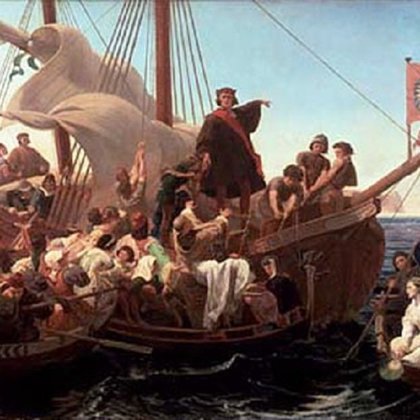THE COLONIZATION OF AMERICA BEGAN WITH THE EXPLORATION OF THE EUROPEAN. CHRISTOPHER COLUMBUS LOBBIED SPANISH MONARCHY TO BANKROLL HIS QUEST TO DISCOVER A WESTERN SEA ROUTE TO A NEW WORLD.WHERE DID AMERICA NAME COME FROM?
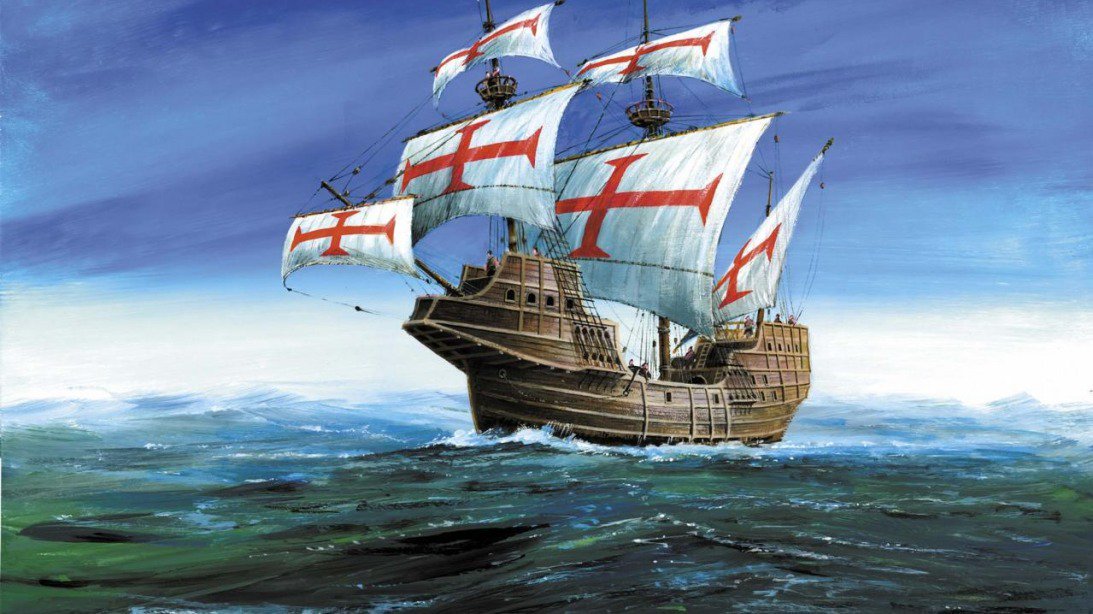
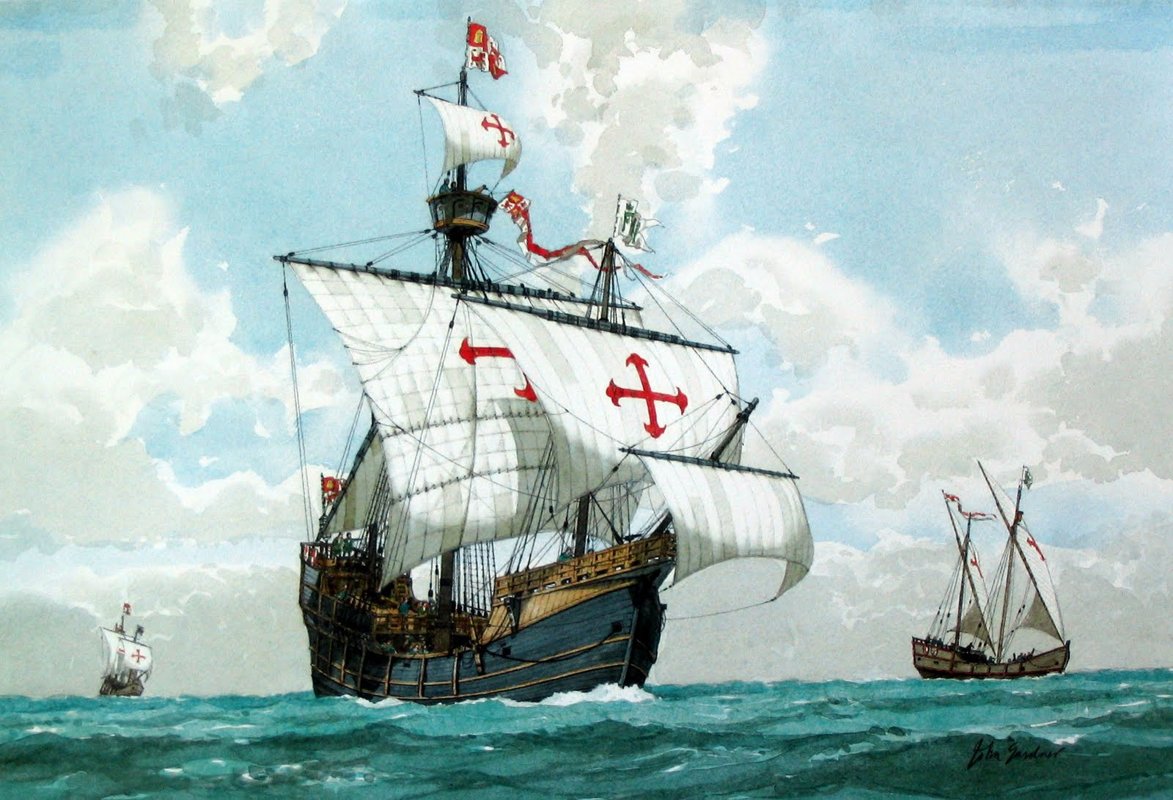 Nina is a short or a nickname for this
ships, but its real name was Santa Clara. Like the other ships, it was
like a caravel type of vessel shaped. As many of they say and as the
history tells this ship was by far Columbus favourite. It was almost 60
tons in weight. Also, its length was approx. 50 feet on deck. Also said
that it had three masts with square and triangular sails. This ship was a
small trade ship among all the 3, built purposefully to sail the
Mediterranean Sea. This ship became the only ship to survive the
hurricane that came in 1495 and reached safely to Spain in 1496. Under
Columbus captainship and command, it logged around 25000 nautical miles
Nina is a short or a nickname for this
ships, but its real name was Santa Clara. Like the other ships, it was
like a caravel type of vessel shaped. As many of they say and as the
history tells this ship was by far Columbus favourite. It was almost 60
tons in weight. Also, its length was approx. 50 feet on deck. Also said
that it had three masts with square and triangular sails. This ship was a
small trade ship among all the 3, built purposefully to sail the
Mediterranean Sea. This ship became the only ship to survive the
hurricane that came in 1495 and reached safely to Spain in 1496. Under
Columbus captainship and command, it logged around 25000 nautical miles
Christopher Columbus discovered America in 1492. The
Age of Exploration began in earnest with the first voyage of
Christopher Columbus in 1492 and ended, at least where present-day
Virginians are concerned, with the founding of Jamestown in 1607. While
the colonies may have established it, “America” was given a name long
before. America is named after Amerigo Vespucci, the Italian explorer
who set forth the then revolutionary concept that the lands that
Christopher Columbus sailed to in 1492 were part of a separate
continent. A map created in 1507 by Martin Waldseemüller was the first
to depict this new continent with the name “America,” a Latinized
version of “Amerigo.”When Columbus stumbled into two unknown continents, hehad
been looking for a quick route to the Far East, and, for decades to
come, explorers focused on discovering that passage almost as much as
they did on exploiting the New World. Early in the sixteenth century,
the Spaniards conquered three major civilizations in Central and South
America, and in the process unleashed a devastating biological exchange
that killed an estimated 95 percent of the area's inhabitants between
1492 and 1650. The Spanish then turned their sights north, planting
short-lived colonies on the shores of present-day Georgia and South
Carolina and pursuing what came to be known as the Chicora Legend: the
belief that the best land, as well as a passage to China, could be found
in the area of the Chesapeake Bay. While the French and later the
English explored the far northern latitudes of the Atlantic Ocean, the
Spanish slowly worked their way up the coast from present-day Florida, a
quest that ended only when a Virginia Indian called Don Luís
(Paquiquineo) led a fatal attack on a group of Jesuit missionaries in
1571. This defeat helped make room for the English, whose failed
colonies at Roanoke in 1585 and 1587 led, finally, to the permanent
settlement at Jamestown.But actually America was discovered many
times. The first people to come to North America were Asians who crossed
the Bering Strait and entered Alaska at least 30,000 years ago. Over
many centuries, they and their descendants spread across the Americas.
These original Americans developed many cultures in the thousands of
years that they controlled the land.Europeans first came to North
America around the year 1000. Vikings from northern Europe reached the
eastern coast, but both disease and resistance from the native people
drove them away. It is believed by many scientists and historians that
some Vikings landed in the area where Massachusetts is located today.
There are also remains of a Viking settlement at L'Anse Aux Meadow, in
Newfoundland, Canada.One
of the events that led to the next discovery of North America was the
Crusades. During the 1100s and 1200s thousands of European Christians
joined these holy wars to recapture Palestine from the Muslims. On the
Crusades the Europeans bought new and exotic goods from the East, such
as silk, spices, and precious jewels. As the demand for these goods
grew, trade routes to Asia sprang up. Merchant ships departed from such
Italian towns as Genoa and Venice, which soon became wealthy centers of
business. The ships returned to Europe with new ideas as well as goods.
In this way the Europeans' views of life began to change.This
time period, known as the Renaissance, saw the rebirth of an interest in
learning. Europeans developed a new spirit of discovery. Rulers wanted
to find new water passages to Asia for their own countries because
Italians controlled all the Mediterranean routes. Soon, Spain, Portugal,
France, England, and Holland also began to search for new ocean routes.This
search paved the way for the "discovery" of North America by
Christopher Columbus. Columbus knew that Earth was round, as did most
educated people of the time, and believed that he could find a route to
the East by sailing west from Europe. Backed financially by the king and
queen of Spain, he sailed in 1492. He failed to reach the East because
of a great landmass that lay in his way. Columbus had rediscovered North
America. Because Columbus believed that he had sailed to India, he
referred to the land as the "West Indies" and the natives he found as "Indians."Columbus's
discovery of America led to a period of European exploration and
colonization. A country colonizes land when it sets up settlements, or
colonies, or people and controls the economies and governments in them.The
Spaniards founded the first European colonies in America. When Columbus
returned to Spain, he claimed that he had found the western route to
the East. Many Spanish explorers sailed west expecting to find the rich
spices and silks of Asia. Instead they found different kinds of wealth
in a "New World."Not
all Spaniards who came to America were searching for instant riches.
Many came to build homes and make new lives for themselves. Spanish
colonies thrived in California and Florida as well as in Mexico, Central
America, and South America.France, Holland, and England also
sent explorers to America, but they didn't establish permanent colonies
during the 1500s. French trappers traveled inland to trap otter and
beaver for European markets. They also set up trading posts to buy furs
from Native American trappers. France then sent explorers and colonists
to claim and settle lands in North America. The city of Quebec became
the center of their holdings in America.During
the 1500s the Dutch sent fishing boats to North America. In 1609 Henry
Hudson claimed for Holland the land along the river that still bears his
name. Dutch farmers and merchants began settling along the Hudson
River, and soon the port town of New Amsterdam was busy and prosperous. 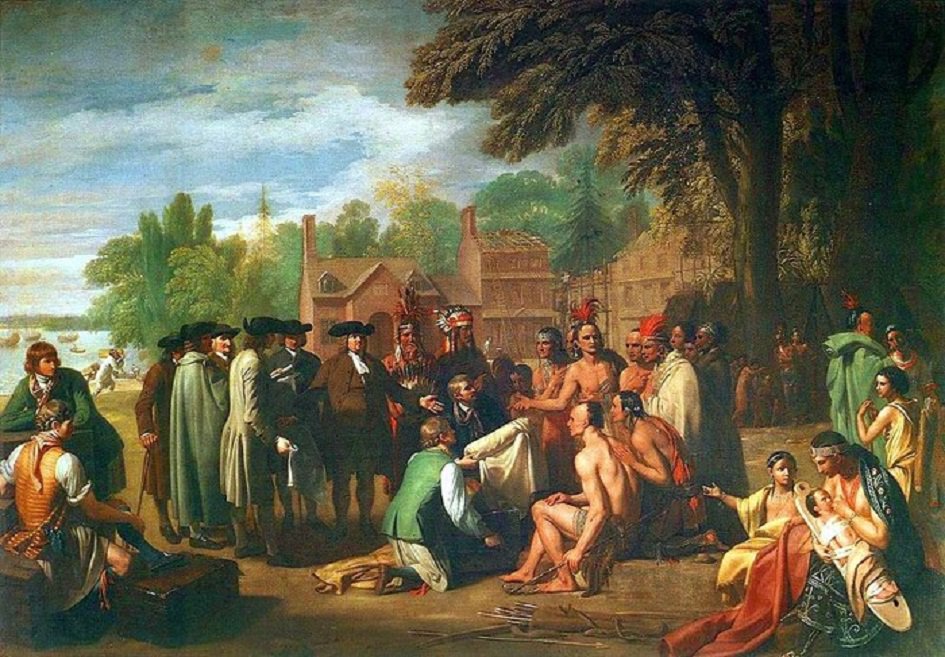
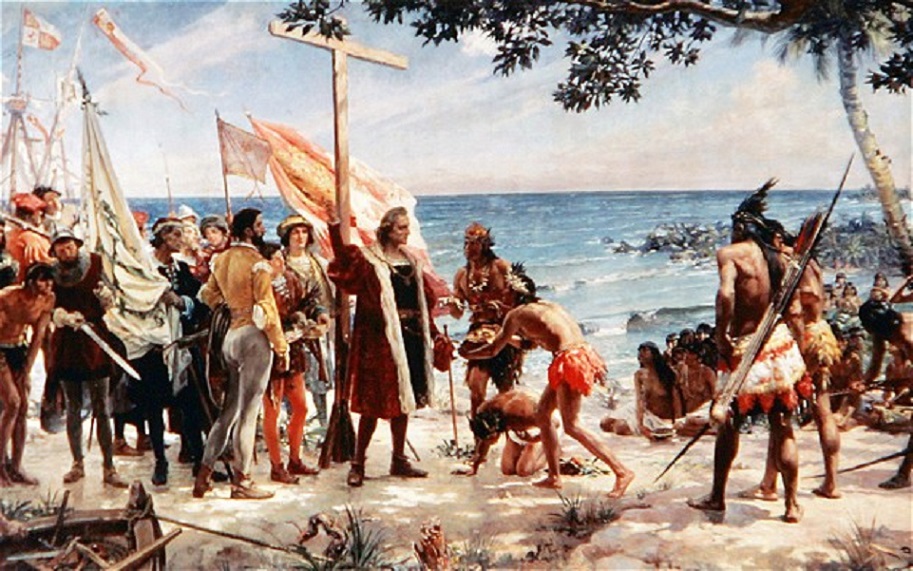 While Christopher Columbus was sailing
his second expedition, he came across Indigenous people which he named
them Indians. In the article, Christopher Columbus, “Columbus
established a forced labor policy over the native population to rebuild
the settlement and explore for gold, believing it would prove to be
profitable. While Columbus was traveling, he
also had men who were not nice to the Indians. According to the
article, Columbus Controversy, “In an era in which the international
slave trade was starting to grow, Columbus and his men enslaved many
native inhabitants of the West Indies and subjected them to extreme
violence and brutality” ("Columbus controversy,"). The torture that
Columbus put the natives through is very harsh. “Within four years of
the time Columbus set foot on San Salvadorian soil, his men had killed
or exported a full third of the native population.
While Christopher Columbus was sailing
his second expedition, he came across Indigenous people which he named
them Indians. In the article, Christopher Columbus, “Columbus
established a forced labor policy over the native population to rebuild
the settlement and explore for gold, believing it would prove to be
profitable. While Columbus was traveling, he
also had men who were not nice to the Indians. According to the
article, Columbus Controversy, “In an era in which the international
slave trade was starting to grow, Columbus and his men enslaved many
native inhabitants of the West Indies and subjected them to extreme
violence and brutality” ("Columbus controversy,"). The torture that
Columbus put the natives through is very harsh. “Within four years of
the time Columbus set foot on San Salvadorian soil, his men had killed
or exported a full third of the native population.
Columbus was an Italian-born navigator sailing for the Crown of Castile in search of a westward route to Asia, to access the sources of spices and other oriental goods. This led instead to a discovery of the New World between Europe and Asia. Columbus made a total of four voyages to the Americas between 1492 and 1502, setting the stage for the European exploration and colonization of the Americas, ultimately leading to the Columbian Exchange.For Europeans of the Late Middle Ages, the known world was relatively small, mysterious, and imbued with Christian symbols. On their side of the line, the Spaniards conquered the Aztecs, Mayas, and Incas. Those American Indians they did not kill, they enslaved and attempted to convert to Christianity. In 1545, the Spanish founded Potosí, a mining town in present-day Bolivia. Within the decade they were unearthing hundreds of metric tons of pure silver annually and transporting it in galleons back to Europe, where King Charles V and later his son, King Philip II, used it to pay for Spanish wars against Muslims and Protestants.In the meantime, exploration continued. Amerigo Vespucci sailed down the coast of South America in 1499, and in 1500, the Portuguese mariner Pedro Alvares Cabral, looking to follow Vasco da Gama's lead and navigate around Africa, instead was blown west and into Brazil. He claimed it for Portugal. Ferdinand Magellan, a Portuguese captain sailing for Spain, led a crew that circumnavigated the globe in a voyage that lasted from 1519 until 1522. As Columbus did with the Atlantic, Magellan showed the way across the Pacific Ocean before being killed in the island group now known as the Philippines. By the 1570s the Spanish had claimed these islands, named them for their king, and established ports connecting the spice trade of the East with the resources extracted from the New World. Western Europeans were finally at the hub of a new and fully global economy.A popular kind of map, the T-O map, divided the world into three regions Asia, Europe, and Africa separated by the T-shaped intersection of the Mediterranean Sea and the Don and Nile rivers. All of this was contained within a large circle with Jerusalem at its center. For some mapmakers, the T shape called to mind the cross on which Jesus had died, and they seized on this image to incorporate Christ into the geography of the world. Many Europeans thought the history of civilization would follow the same path as the sun: rising in the east and falling (occidens) in the west. In the twelfth century, the German bishop Otto of Freising wrote "that because all human learning began in the Orient and will end in the Occident, the mutability and disappearance of all things is demonstrated." In other words, the apocalypse would happen somewhere in the West, and it was important to many Christians that nonbelievers be baptized before the end came. Although this helped motivate the explorations that led Europeans to America, it does not explain them.When the Age of Exploration began, the Far East was more advanced than Europe in terms of technology, economy, and culture. Still, the Mediterranean Sea was already a zone of thriving trade and those who did business there, including the Chinese, had little motivation to seek out other lands. Western Europe, by comparison, was poor in wealth and resources. Although western Europeans had benefited from thousands of years of Eastern innovations in farming, mining, language, and religion, they lived far from economic and cultural centers and, for that reason, had an interest in finding new connections.Geography aided this search. Although early in the 1400s western Europeans were far behind the Chinese in their understanding of navigation, they took advantage of their Atlantic coastlines and used the century to catch up. First, European explorers claimed many of the Atlantic's nearby islands. In 1402 soldiers from the kingdom of Castile landed on the Canary Islands off the coast of Africa, near present-day Morocco and Western Sahara, and conquered the natives who lived there. Portugal then claimed the island of Madeira, just north of the Canaries, in 1418; the Azores, farther out in the Atlantic, in 1431; and Cape Verde, off the coast of present-day Mauritania and Senegal, in 1456.They used these new lands to establish sugar plantations run on enslaved labor and as outposts for explorations farther west into the open Atlantic and farther south along the coast of Africa. These conquests also helped to demonstrate how western Europeans might fund their new empires: loans by Genoese merchants funded ships and crews, and were repaid through the profits reaped from slave sales and sugar production.distinction between the Europeans and their Far East counterparts was the European idealization of the adventurer. Certainly the 1490s proved to be a golden age for adventurers. In 1492, the Genoese captain Christopher Columbus convinced the king and queen of Spain to sponsor his exploration west across the Atlantic Ocean. He mistakenly believed the world to be much smaller than geographers had previously estimated, and for this reason he argued that by sailing west he could find a quick route to the (East) Indies, still a lucrative trade zone.Columbus assumed he had found the Indies. It took him and his fellow Europeans a while to understand that he had, in fact, come across two previously unknown continents: North and South America. Even then they assumed that the land mass must be narrow enough to provide easy passage to China. So while Columbus established a colony on Hispaniola (present-day Haiti and the Dominican Republic), navigated the coast of Cuba, and touched the tip of South America, another Italian, John Cabot (Zuan Chabotto), set off from England. Cabot went in search of the so-called Northwest Passage to China, hoping to connect Bristol to that region's spice trade. Like Columbus, he failed. (He did, however, discover Newfoundland.) Not until Vasco da Gama sailed around the southern tip of Africa and arrived near Calicut, India, in 1498, did Europeans navigate by sea to the actual Indies—a place, as it happens, where their trade goods were of only mediocre value.These western voyages, especially the four led by Columbus, were important for several reasons. One was Columbus's discovery of a reliable sailing route west using the Atlantic system of trade winds. By following the northeasterly trade winds south and then west, and the westerly trade winds back east, Columbus demonstrated how others might make the round trip in the future. Another was the discovery, by Juan Ponce de León in 1513, of the Gulf Stream off the coast of what he named La Florida. This strong ocean current, caused by the sinking of cold water and the rising of hot, allowed Spanish captains an even quicker route to the westerly trade winds and back home.A third, more critical result of Columbus's voyages was their effect on the indigenous populations of America. Prior to Columbus, there had been virtually no biological interaction between Europe and Asia on the one hand and North and South America on the other. With Columbus and his followers arrived new people, new plants and animals, and new diseases in what the scholar A. W. Crosby has dubbed the Columbian Exchange. The exchange went both ways, of course, but for various reasons Europeans were much less vulnerable. Scholars estimate, for instance, that between 1492 and 1650, 95 percent of all the inhabitants of the Neotropic ecozone, an area covering Central and South America, died of disease. This massive depopulation resulted in significant changes in the environment and may even have led, according to at least one scientist, to a cooling of worldwide temperatures.In 1537, even before Narváez's fate was known for sure, the Spanish king granted Hernando de Soto the right to explore the newly created province of La Florida, an area that stretched from the Delaware Bay in the north to Mexico's Pánuco River in the south, and included much of the present-day American Southeast, Texas, and parts of northern Mexico. Soto landed near Tampa Bay in 1539 and traveled north to the abandoned site of Ayllón's 1526 settlement. From there he marched west instead of north, and by the spring of 1541 he had reached the Mississippi River.Despite that achievement, or rather because Soto had found nothing to rival the silver of Potosí, the Spanish king seemed to lose interest in Florida. True, he guarded America jealously, even making plans to wipe out a French colony that was planted near present-day Quebec during explorations by the French captains Jacques Cartier and Jean-François de La Roque de Roberval. (The colony failed before an attack could be made.) But there were no major expeditions until, as it happens, the French spurred Philip II to action. Worried that his European rival planned to stake a claim in La Florida, he ordered that a settlement be established at the Point of Santa Elena, near present-day Parris Island, South Carolina.What followed was a bloody test of wills between Spanish Catholics and French Protestants, with the Spaniards' designs on present-day Virginia ending only when a baptized Indian killed three Spanish Jesuits in 1571.By 1664 England had forced Holland out of North America, and New Amsterdam was renamed New York.In the late 1500s England made several unsuccessful attempts to start colonies. Finally, in 1607, a private company sent a group of about 100 English settlers. They landed in Virginia and named their settlement Jamestown after their king. At first the colonists spent more time looking for gold than planting crops. But under the leadership of Captain John Smith, Jamestown did survive.In 1620 another group of English colonists known as the Pilgrims arrived. The Pilgrims weren't looking for riches; they wanted religious freedom. On the coast of New England they founded Plymouth Colony, which succeeded with farming advice from nearby Native Americans. Soon other English settlements grew up all along the eastern coast.
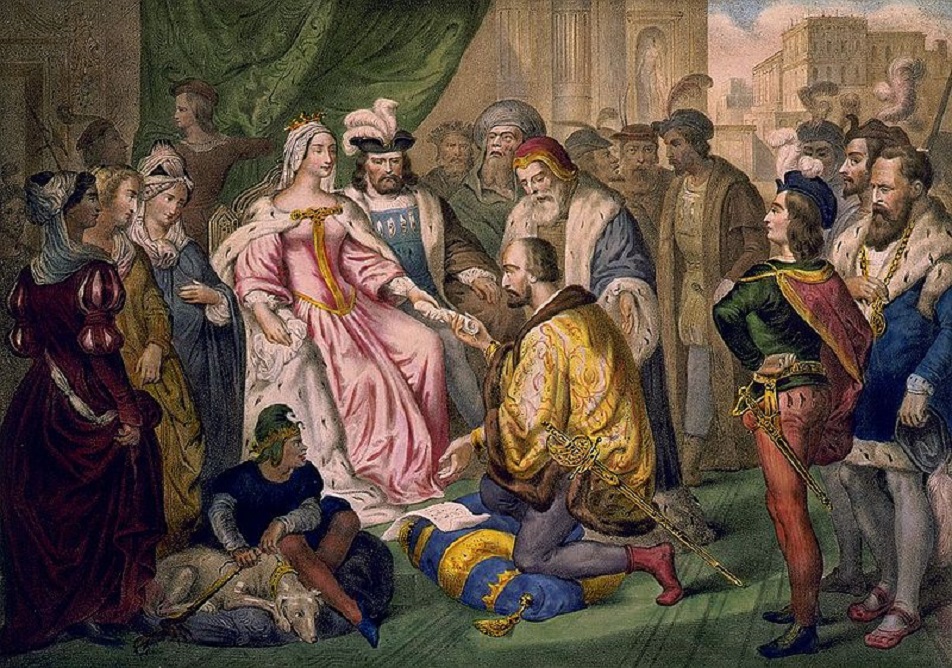 For
nearly five months, Columbus explored the Caribbean, particularly the
islands of Juana (Cuba) and Hispaniola (Santo Domingo), before returning
to Spain. He left thirty-nine men to build a settlement called La
Navidad in present-day Haiti. He also kidnapped several Native Americans
(between ten and twenty-five) to take back to Spain only eight
survived. Columbus brought back small amounts of gold as well as native
birds and plants to show the richness of the continent he believed to be
Asia.When
Columbus arrived back in Spain on March 15, 1493, he immediately wrote a
letter announcing his discoveries to King Ferdinand and Queen Isabella,
who had helped finance his trip.
For
nearly five months, Columbus explored the Caribbean, particularly the
islands of Juana (Cuba) and Hispaniola (Santo Domingo), before returning
to Spain. He left thirty-nine men to build a settlement called La
Navidad in present-day Haiti. He also kidnapped several Native Americans
(between ten and twenty-five) to take back to Spain only eight
survived. Columbus brought back small amounts of gold as well as native
birds and plants to show the richness of the continent he believed to be
Asia.When
Columbus arrived back in Spain on March 15, 1493, he immediately wrote a
letter announcing his discoveries to King Ferdinand and Queen Isabella,
who had helped finance his trip.

